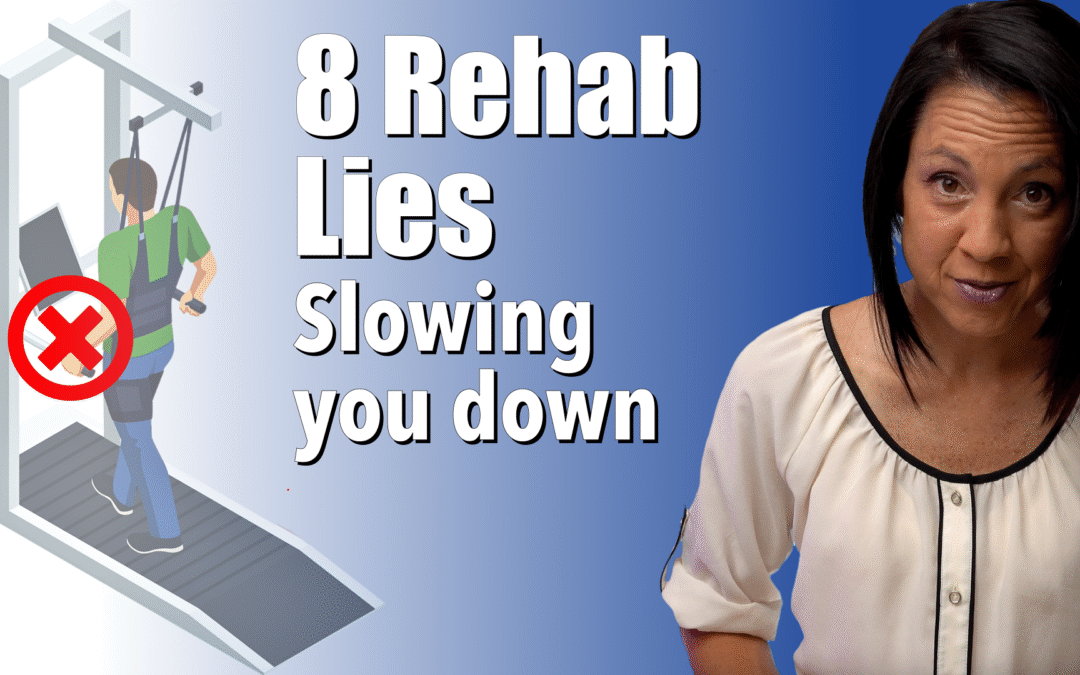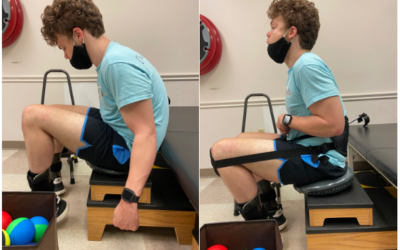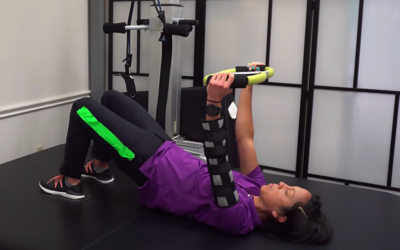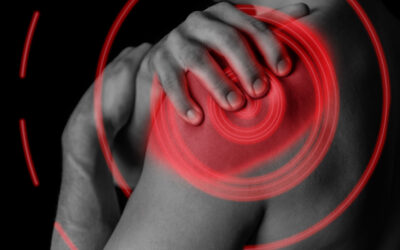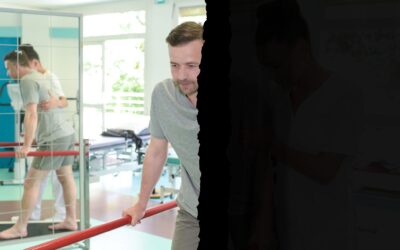8 Neuro Rehab Myths That Are Holding You Back (And What to Do Instead)
Debunking Common Myths About Neurologic Recovery
If you’ve ever been told that your recovery after a neurologic injury has an expiration date, or if your physical therapy has focused only on walking speed, this post is for you. Outdated beliefs in the healthcare system can hold people back from true recovery. We’re breaking down the most common myths and revealing the truth that can help you take ownership of your rehab journey.
Myth 1: Recovery Stops After 18 Months
Many patients are told there’s a point after which no new progress is possible. This is false.
The Truth: Your brain can rewire itself throughout your entire life. Neuroplasticity doesn’t stop after six months, a year, or even 18 months. Many patients make progress years after their injury, gaining new movement and independence. Supportive caregivers, repetition, and a growth mindset make this recovery possible.
Myth 2: Walking Speed is the Ultimate Goal
Many traditional therapists focus heavily on gait speed, often citing 1.4 meters per second as a benchmark.
The Truth: While walking speed has value (it relates to community mobility and fall risk), it’s not the most important measure of recovery. Overemphasis on speed can create harmful compensatory patterns, making it harder to restore movement on the affected side. The real goal should be quality of movement, not just speed.
Myth 3: “No Pain, No Gain” or “Pain means stop”
Pain advice is confusing. Some say push through it, others say avoid it entirely.
The Truth: Both extremes are misleading. Mild, tolerable discomfort is necessary to retrain your nervous system, but pushing through too much pain can increase spasticity and fear. On the other hand, avoiding all pain can stall progress. The key is finding your personal pain threshold where you can work without triggering negative emotional reactions.
Myth 4: Expensive Equipment is Required for Recovery
Robotic devices, subscriptions, and high-tech therapy tools are often marketed as essential.
The Truth: Most progress comes from intentional & repetitive practice, not gadgets. Many expensive tools end up unused in closets. In most cases, a skilled therapist and simple tools are far more valuable.
Myth 5: Assistive Devices and Braces Are Crutches
Canes, AFOs, and braces are sometimes stigmatized as signs of dependency.
The Truth: Devices like AFOs or canes are not signs of weakness. They are actually tools that support recovery, reduce spasticity, promote safer walking, and improve quality of life. The real risk comes from abandoning them too early, which can worsen gait deviations.
Tip: Avoid long-term reliance on HEMI walkers.
Myth 6: If You Can’t Do It Perfectly, Don’t Do It At All
Some therapists push for perfect movement, while others focus solely on speed.
The Truth: Waiting for perfection is counterproductive. Safe, consistent practice, imperfect or not, builds confidence, strength, and neuroplasticity. Even small mistakes help the brain learn and self-correct. Avoiding activity altogether increases sedentary time, which raises the risk of secondary health problems.
Myth 7: Recovery Only Happens in Therapy Sessions
Therapy sessions are valuable, but they are not enough on their own.
The Truth: Progress isn’t limited to the clinic. True neuroplastic change requires consistent repetition outside of therapy as well. The real breakthroughs often happen at home with daily, intentional practice. Therapists can guide you, but ownership of recovery happens in your everyday routines.
Myth 8: Recovery Means Returning to How You Were Before
Many people expect steady progress, but recovery often comes in fits and starts.
The Truth: Recovery is not always about going back to your “old normal.” It’s about creating a new normal where you can regain independence, adapt, and thrive. Even if some functions don’t return exactly as they were, you can still build meaningful strength, movement, and confidence to live fully.
Final Thoughts
Neurologic recovery is not limited by time, gadgets, or perfection. By letting go of outdated myths, you can embrace a balanced, realistic approach that supports lifelong progress. Remember: your brain is always capable of change, and with the right mindset, tools, and support, you can move forward in your recovery journey.
Articles you may be interested in
Product Spotlight: This tool improves trunk alignment
Better posture means better arm rehabilitation. Period. Said another way, proper trunk alignment is essential for efficient arm movement. However, in most cases, hemiparesis (weakness on one side of the body), paraparesis (weakness on the lower half of the body), and...
Vaulting Gait After a Stroke
Vaulting is a walking abnormality where someone will rise up on their toe to ensure their “swinging” leg clears the ground. Under normal conditions, the swinging leg must “shorten” as it passes by the ground. To “shorten” the leg the knee must bend and the foot must...
Have you lost the ability to dissociate body movement?
One big problem after a stroke or brain injury is the inability to dissociate body movement. Movement dissociation is the ability for segments of the body to move independent of other segments. In other words, body parts (and their movement) want to "couple together"...
Frozen shoulder and its link to post stroke shoulder pain
Frozen shoulder, also called adhesive capsulitis is one of the most prevalent causes of post stroke shoulder pain. It is a condition that is characterized by shoulder joint stiffness and pain. Other neurologic injuries can also cause this condition. Such as multiple...
Hemineglect after a stroke: When half the world is missing
hemineglect is a condition where someone loses the ability to attend to, sense, and/or perceive information on one side. This condition is also referred to as unilateral neglect, spatial neglect, and/or hemispatial neglect. Several neurologic condition can cause this...
The Voice
Some call it intuition. Others might call it a “gut” feeling. And for those who believe in a higher power, “a direct message from God”. You know, that little voice that prompts you to take action. Yeah, that voice. In the past 20 years, I have had the pleasure of...
Post Stroke Pain: Diagnosis and Treatment
Pain is a common symptom after a stroke. Unfortunately, pain can be a significant barrier to regaining function. In some cases, there is an identifiable cause related to a movement or a structural problem. The rehab team can identify this, prescribe the...
Advanced Exercise: Walk without fear of falling
How do you regain the ability to walk without fear of falling? Fear of falling is a MAJOR concern for a lot of people. In the early stages of rehabilitation, the goal is to regain movement control at the hip, knee, and ankle. This is necessary to ensure that someone...
Tips for effective physical therapy at home after a stroke
An effective physical therapy program at home after a stroke is the most critical component for a successful recovery. I dare say MORE important than face to face time with your therapists. As someone who earns a living by treating patients (in person), this is a...
Blessings in disguise
Life isn’t always easy. I am probably not telling you anything you don’t already know. No one is exempt from challenges in life. Some go through more challenges than others. I have learned to be content with NOT (always) figuring out why. But I know that is not...

